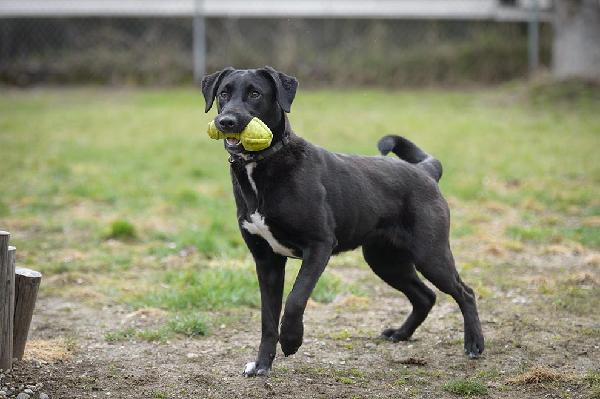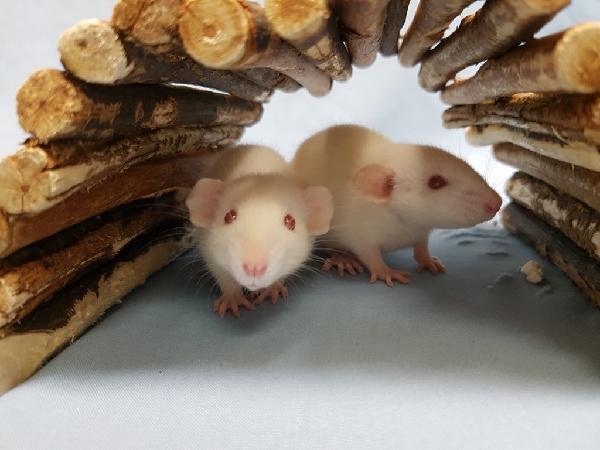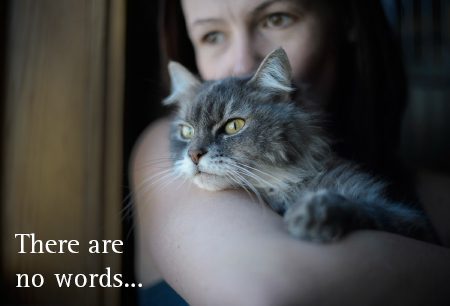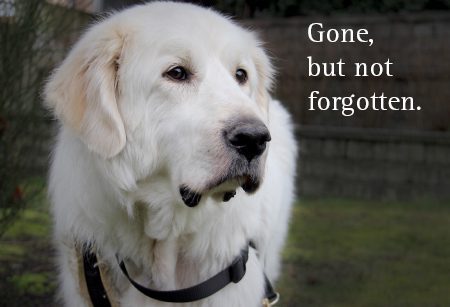The BC SPCA encourages coexistence with wildlife, through education, bylaws and enforcement, and actions that prevent conflict, and opposes the use of inhumane nuisance rodent and wildlife¹ management methods.
Where trapping is used for urban wildlife management after prevention and exclusion measures have failed to resolve the conflict, only live traps that do not cause pain or injury should be used. Healthy, trapped animals should be released on the same property of capture and the site should be animal-proofed (i.e. structure access points closed off) and attractants removed. Exceptions include if the site is dangerous for the animal or humans or animal-proofing is not possible. Routine use of trap-and-relocation methods is not condoned.
Only when human health and safety or herd/flock health for animals under human care are at serious risk, and where prevention and exclusion methods have been exhausted, should methods of lethal control that minimize suffering and cause a quick death be considered.
Methods of nuisance rodent and other wildlife management that prolong suffering or cause excessive discomfort (e.g., dehydration, starvation, hypothermia) are unacceptable, as are those that endanger non-target wildlife. Accordingly, control methods that cause unnecessary pain and suffering, such as glue boards, electrocution, drowning, live freezing and ineffective traps are not condoned.
Rodenticide poisons, and use of specially trained dogs to control mice and rats should only be considered to protect human health and safety. Although these products are not humane, the method of use should aim to reduce the potential harm to non-target animals. Until a humane alternative is available, the BC SPCA will encourage further developments towards improving the humaneness of rodent control methods.
Approved by the Board of Directors – January 2020
(replaces previous version, August 2009)
¹The BC SPCA does not believe the terms “pest” or “nuisance wildlife” are appropriate or meaningful for any wildlife, as they impart a negative connotation on these animals. However, given their common usage by the public, these terms are used in this position statement to facilitate public understanding of the statement
Background
Human-wildlife conflict can often be avoided by modifying human behaviour to prevent the problem before it starts. Prevention actions include (but are not limited to):
- Avoiding intentional feeding and accidental feeding via sources such as pet food, bird seed, fruit trees and fish ponds (see BC SPCA position statement on Wildlife Feeding);
- Ensuring garbage and compost are in wildlife-proof containers; and
- Blocking wildlife from seeking shelter in buildings by sealing gaps or holes in sheds, crawl spaces, attics and porches, for example, before they become used as a nest or den.
Trapping and relocating wildlife is not a permanent or humane solution. Animals often injure themselves and may die trying to escape a trap. Relocated animals must set up a new home, and may starve trying to find food in unfamiliar territory, or get into fights with other animals over territory. When animals are live trapped, there is also a risk of separating a mother from her babies who, once orphaned, will die from dehydration, starvation or predation. Even when an entire family is moved together, a mother may abandon her babies due to the pressure to find food and care for her young. When live trapping is necessary (i.e. to remove an animal from a structure), then the site should be animal-proofed to prevent that animal or others from re-entering the structure.
When dogs are used for rodent control, the dogs must be able to kill mice or rats immediately following capture and should always remain under the control of the handler. Captured mice or rats must be immediately retrieved by the handler and subjected to a humane secondary killing method to ensure death, if necessary.
Best practice sheets for urban wildlife control are available for a number of species on the BC SPCA website.
The BC SPCA also has developed AnimalKind, an animal welfare accreditation and referral program that includes science-based standards for rodent and wildlife control for wildlife and pest management companies to follow. Companies that have been accredited by the BC SPCA through AnimalKind have been audited to verify they are meeting the standards.
Education and enforcement
The BC SPCA supports public education (e.g., signage in public areas) and the adoption of bylaws in parks and municipalities that aim to prevent human-wildlife conflicts and encourage coexistence (such as bylaws to discourage the feeding of wildlife). The Society also encourages municipalities to adopt bylaws such as those outlined in the BC SPCA Model Animal Responsibility Bylaws, which provide recommendations with respect to wildlife feeding and attractant management.
See also:
Hunting
Predator Control
Wildlife Feeding
Background updated – January 2020
References
BC SPCA 2019 AnimalKind Wildlife and Rodent Control Standards. Vancouver, BC.
BC SPCA 2019 Wildlife Control Best Practice Sheets. Vancouver, BC.
Dubois S, Fenwick N, Ryan EA, Baker L, Baker SE, Beausoleil NJ, Carter S, Cartwright B, Costa F, Draper C, Griffin J, Grogan A, Howald G, Jones B, Littin KE, Lombard AT, Mellor DJ, Ramp D, Schuppli CA and Fraser D 2017 International consensus principles for ethical wildlife control. Conservation Biology 4: 753-760
Definitions
Nuisance wildlife (Pest): Any wild animal who is perceived to be in conflict with humans, their animals or property. Neither term is preferred by the BC SPCA, as both have negative connotations.
Trapping: The capture of wild or domestic animals in traps that either kill or restrain them.
Wild animals: Species that have not been domesticated. Wild animals have evolved in complex ecosystems resulting in mutual interdependencies with other animals and the surrounding environment. Wild animals may be exotic or indigenous, and wild-born or captive-bred.





